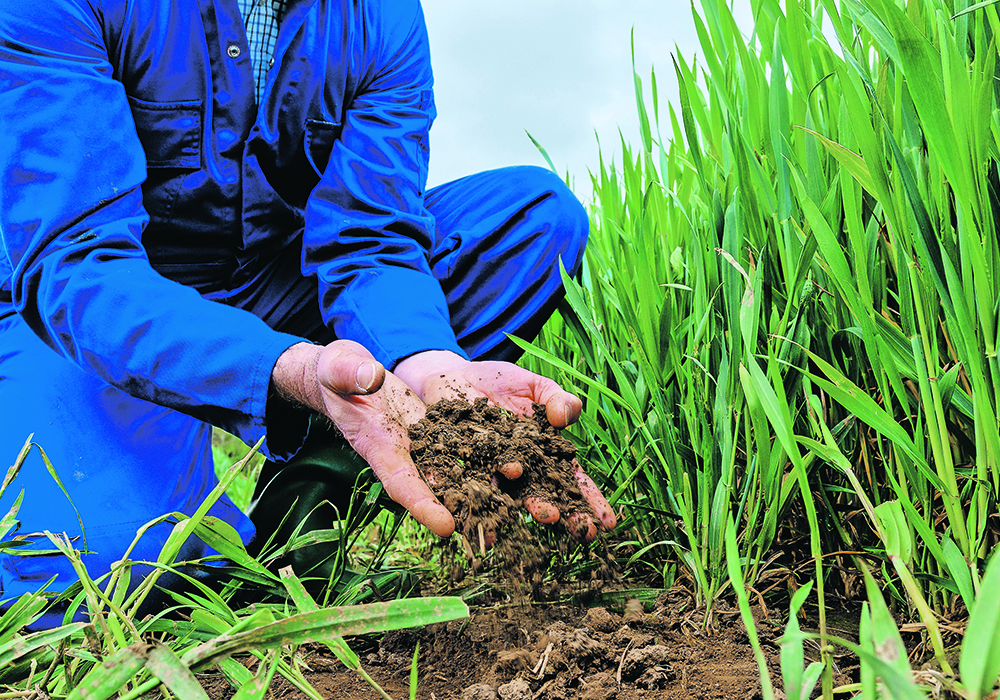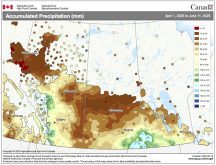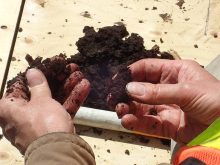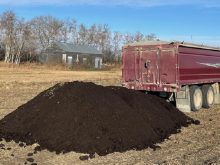UPDATED: Tuesday June 13, 2024 – 1500 CST – to include comments from government and industry officials.
REGINA — Canada requires a long-term overarching soil conservation and protection strategy, a Senate committee says.
The committee on agriculture and forestry released its report on the state of the nation’s soil last week after two years of study and 40 years after the ground-breaking Soil At Risk report led by Saskatchewan senator Herb Sparrow.
Read Also

Quebec pork company calls for transparency around gene-edited pigs
Quebec-based pork company duBreton is calling for transparency around meats from gene-edited pigs on concerns that a lack of mandatory labelling will confuse consumers, and dilute certification claims. The organic sector is also calling for labelling rules.
It found that many changes after that report, such as the widespread move to no-till farming, helped improve soil management and crop yields. But “these gains have also masked the effect of continued soil degradation and loss of agricultural land in every region of Canada.”
The new report, Critical Ground: Why Soil is Essential to Canada’s Economic, Environmental, Human and Social Health, said climate change, extreme weather events, urbanization and misread outcomes of soil management practices are contributing to the problem.
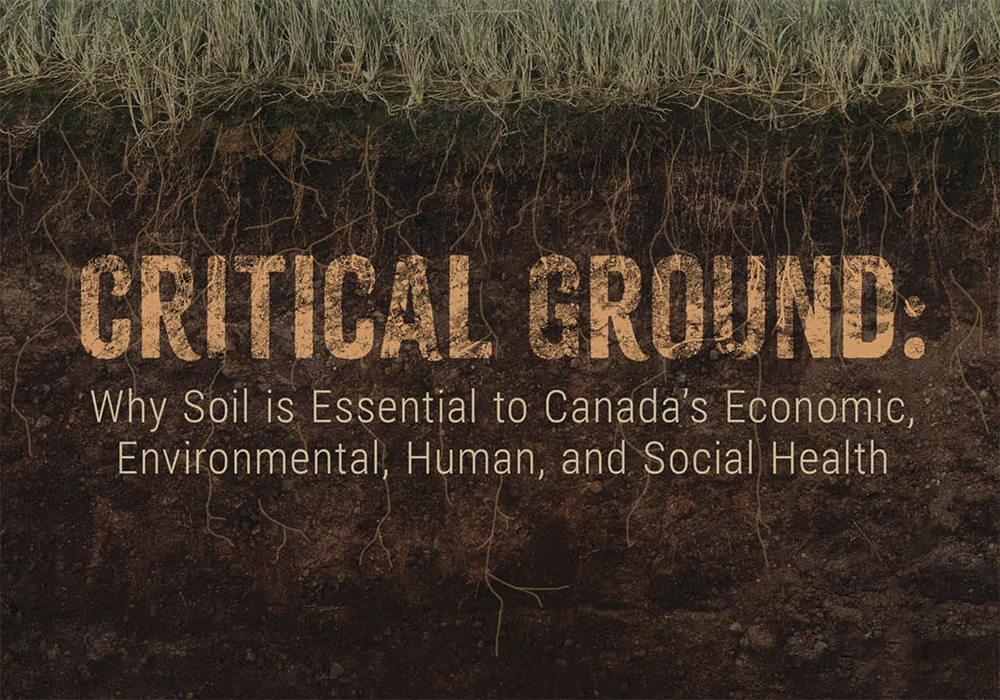
“We do not, and I repeat, we do not have another 40 years to protect and conserve our soil. We must act now,” said committee chair Ontario senator Rob Black.
He said a strategy has to be the priority among the 25 recommendations in the report. It should contain concrete targets, timelines and provisions that are regularly reviewed.
“The identification of a soil advocate would be relatively easy to undertake with the right individual, and it would put the strategy and the issue in perspective,” he said during a news conference.
The committee suggested the government appoint a national soils advocate and designate soil as a strategic national asset.
Deputy chair Paula Simons said there is a symbolic gesture to such a declaration, in that it raises soil’s profile, but it also has potential public policy implications.
“It would suggest that when provinces and municipalities are doing land use planning, when the federal government is doing land use planning on its own Crown land, that we consider the importance of soil, just as we consider the importance of water and air pollution,” she said.
Black likened the situation to a three-legged stool, saying soil has been the short leg of that stool for too long.
The committee recognized that soils vary widely across the country and recommended reinstating the Prairie Farm Rehabilitation Administration, an organization founded in 1935 in response to the western Canadian drought and dissolved in 2013 by the then-Conservative government.
Simons, who is from Alberta, said 75 percent of Canada’s agricultural land is on the Prairies and is critically important to the agricultural economy and climate mitigation.
“A focus on the Prairies is, I think, central,” she said.
A key message the committee received during its work was about the lack of a central database and consensus on how to measure, report and verify soil health. It said Ottawa, provinces, territories, academia and producers should work together to create a national soils institute and database that everyone can use.
In the north, a national permafrost assessment program is required.
Other recommendations include creating and delivering a crop insurance program that incentivizes ecological goods and services that producers can provide, creating a “viable and valuable” carbon market, and implementing tax credits for producers who have adopted or are adopting new technologies to support soil health. Early adopters should not be left behind, the committee said.
Better mapping, extension funding, a national strategy to remediate contaminated soils and an annual national summit on soil health are also suggested.
Federal agriculture minister Lawrence MacAulay’s office thanked the committee for its work.
“Soil health is directly tied to the success of our agricultural sector and the prosperity of Canadian producers and we will review the report and recommendations closely,” it said.
As Simons noted, the committee is “not the boss of anybody” and can only urge the government to recognize the call to action.
Alan Kruszel, an Ontario no-till farmer and board member of the Soil Conservation Council of Canada, said soil is the foundation of life on earth.
“I fully believe that if the government of Canada follows through on the recommendations contained within this study, it would be an absolute quantum leap forward in helping to improve and sustain Canadian soils,” he said.
The committee heard from more than 150 witnesses and visited farms, research centres and other jurisdictions during its research.
Black cited Food and Agricultural Organization estimates that more than 30 percent of the world’s soils are already degraded and that could rise to 90 percent by 2050.
“We are standing on critical ground,” he said.
Contact karen.briere@producer.com




